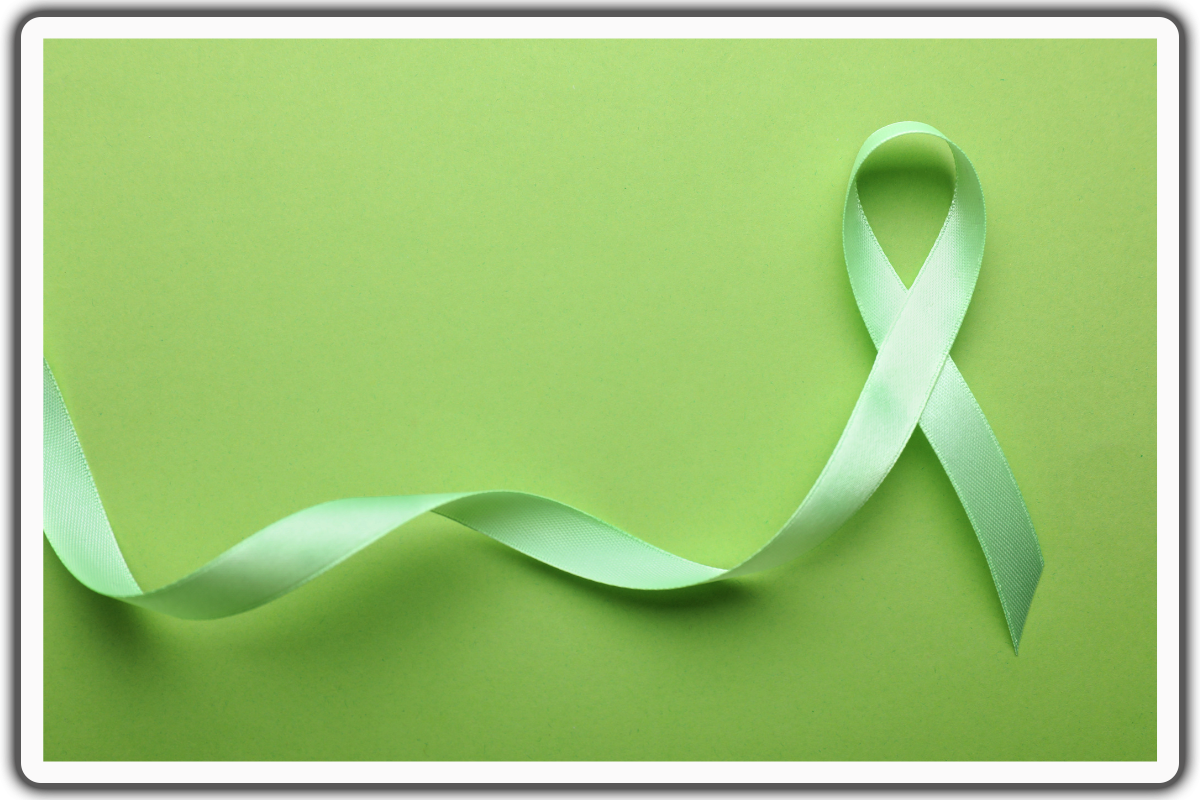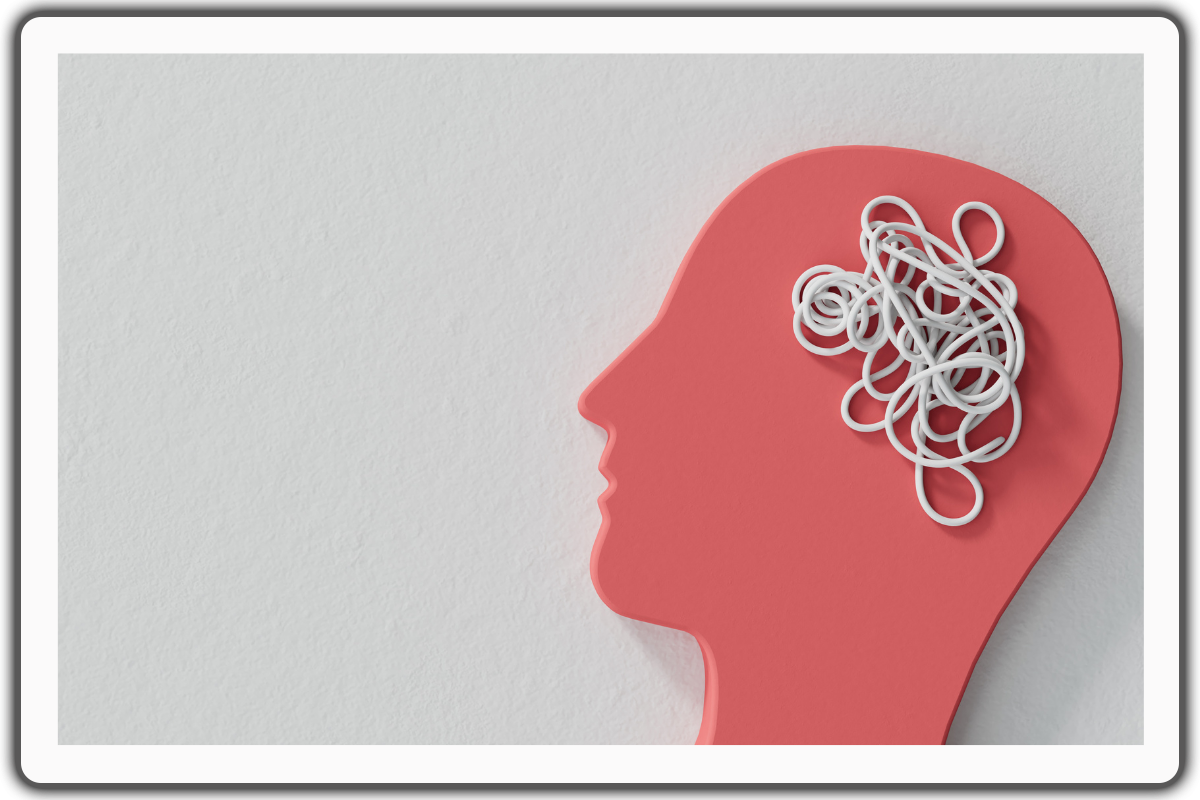
The Significance of Green: Exploring the Mental Health Awareness Color
If someone told me a color could symbolize hope, healing, and balance, I’d probably think, “Great, now colors are doing therapy better than me!” But seriously, when in terms of mental health awareness, green isn’t just a color; it’s a call to action.
Taking care of good mental health is a big part of staying healthy, and breaking the stigma around mental health issues is essential.
For years, mental health has been hidden behind silence and shame. But thanks to movements like Mental Health Awareness Month, things are changing—one green ribbon at a time.
Let’s dive into why green is more than just the color of my wilted houseplants—it symbolizes mental wellness and hope for a better tomorrow.
The History of Green as a Mental Health Awareness Color
Green didn’t just show up one day and decide to represent mental health—it has a history rooted in advocacy.
- The Green Ribbon Campaign was one of the earliest initiatives linking green to mental health awareness.
- Organizations like Mental Health America (MHA) and the National Alliance on Mental Illness (NAMI) adopted green to represent growth and renewal.
- Green became an integral part of Mental Health Month, celebrated every May, as a visual marker of advocacy and solidarity, raising awareness and promoting understanding through various initiatives and campaigns.
The Symbolism of the Color Green in Mental Health
Think about green for a moment—the color of vibrant forests, fresh grass, and yes, even guacamole. But green is more than just a pretty color. It stands for:
- Renewal: A fresh start for anyone on their mental health journey.
- Balance: Finding harmony between thoughts and emotions.
- Growth: Facing life’s challenges and thriving along the way.
Green also has a calming effect on the mind, helping to ease stress and create a sense of peace. It’s no surprise that this soothing color has become the symbol of mental health advocacy!
Color Psychology in Mental Health

Color psychology is a fascinating topic that looks at how colors affect our feelings and behaviors. Knowing how colors impact us can be really helpful for mental health. For example, some colors can help calm people with anxiety, while others can increase energy and creativity for those with depression.
Imagine walking into a room painted in shades of green. You might feel an immediate sense of tranquility, which is no coincidence. Proposed by Edward O. Wilson in his 1978 book ‘On Human Nature’ and his 1984 book ‘Biophilia' shows that green can reduce stress and promote a sense of calm, improve mental and emotional well being making it an excellent choice for mental health initiatives. By incorporating color psychology into mental health treatment, professionals can use color therapy to support overall well-being and help individuals manage their mental health concerns more effectively.
Moreover, using colors strategically in mental health campaigns can raise awareness and educate the public about mental health issues. Whether it’s through green-themed events or educational materials, color psychology can play a pivotal role in promoting mental health awareness and encouraging people to seek the support they need.
How Green Is Used to Promote Mental Health Awareness
Green is more than a color—it’s a statement, and advocates worldwide use it creatively to amplify their message. Collective efforts in community initiatives and campaigns play a crucial role in raising awareness about mental health, helping to destigmatize mental health issues, and fostering a supportive environment.
Key Ways Green Is Used
- Green Ribbons: These small but powerful symbols promote solidarity with those affected by mental health issues.
- Landmark Lighting: Iconic structures like the Empire State Building and Sydney Opera House have been lit green during campaigns like World Mental Health Day.
- Social Media Campaigns: Challenges like “Be Seen in Green” invite participants to wear green, post photos, and use hashtags to spread awareness.
- Community Events: Walks, fundraisers, and green-themed gatherings create a sense of unity while raising funds for mental health organizations.
Mental Health Awareness Ribbons

Mental health awareness ribbons are more than just pieces of fabric; they are powerful symbols of support and solidarity for those affected by mental illness. The green ribbon, in particular, has become the most widely recognized emblem of mental health awareness, representing hope, renewal, and personal growth.
Wearing a green ribbon shows others that you stand with those facing mental health challenges and are dedicated to fostering understanding and support. Some specific mental health conditions even have their own ribbons—like light green for bipolar disorder or childhood depression—helping to raise awareness for more specific issues.
By embracing mental health awareness ribbons, we can help reduce the stigma surrounding mental illness and foster a culture of empathy and support. Whether wearing a ribbon, sharing one on social media, or distributing it at events, these small gestures can make a big difference in raising awareness and promoting mental health education.
The Impact of Color in Raising Awareness
Colors are more powerful than we realize. (Case in point: Why does red always make me stop in my tracks—literally?) Green, in particular, is an ideal choice for mental health awareness because:
- It’s Universally Positive: Associated with nature, vitality, and healing across cultures.
- It’s Calming: Studies in color psychology show green reduces anxiety and fosters a sense of safety.
- It’s Eye-Catching: Green in campaigns, whether on ribbons or buildings, creates a strong visual cue that sparks curiosity and engagement. Lighting state buildings in green during Mental Health Awareness Month symbolizes mental health awareness and promotes understanding among the public.
Cultural Sensitivity in Mental Health
Cultural sensitivity is crucial in mental health care, as an individual’s cultural background and experiences can significantly influence their perception and expression of mental health concerns. To provide effective and respectful care, mental health professionals must be attuned to these cultural nuances.
Understanding cultural differences can help reduce stigma and build trust between mental health professionals and individuals from diverse backgrounds. For instance, some cultures may view mental health issues differently, affecting how individuals seek help and adhere to treatment. By being culturally sensitive, mental health professionals can tailor their approach to meet the unique needs of each individual, ensuring more effective support and treatment.
Incorporating cultural sensitivity into mental health initiatives is essential for promoting education and awareness in diverse communities. Acknowledging and respecting cultural differences can create more inclusive and effective mental health campaigns that resonate with a broader audience. Ultimately, cultural sensitivity in mental health care fosters a more supportive and understanding environment for everyone, regardless of background.
Beyond the Color: Taking Action for Mental Health Awareness Month
Want to show your support? Green offers plenty of opportunities to advocate for mental health:
Seeking mental health support through initiatives like Mental Health Awareness Month can promote understanding, reduce stigma, and encourage open discussions about mental health challenges.
For Individuals:
- Wear Green: Whether it’s a ribbon, scarf, or entire outfit, show your solidarity.
- Post Online: Use green-themed photos and hashtags like #MentalHealthAwareness to amplify the cause.
- Participate Locally: Join green-themed walks or events in your community.
For Organizations:
- Host Green Events: Plan fundraisers, mental health fairs, or workshops with green decorations.
- Light It Up Green: Partner with landmarks to display green lights during awareness months.
- Distribute Green Swag: Provide employees, students, or event participants with green ribbons or pins.
Global Initiatives and the Color Green in Mental Health
Mental health awareness isn’t just a local effort—it’s a global movement:
- World Mental Health Day (October 10): Recognized worldwide to spark conversations about mental health.
- Cape Town International Kite Festival: Combines the beauty of green kites with a message of healing and hope.
- Landmark Illuminations: From Niagara Falls to the London Eye, global monuments unite to highlight mental health advocacy.
- Mental Health Flag: Features different shades of green to represent the journey of those facing mental health challenges. It symbolizes recovery, healing, and the push to bring mental health discussions into the open.
Conclusion
So, the next time you see a green ribbon—or someone decked out in head-to-toe green—know it’s more than just a fashion statement. It’s a sign of solidarity, hope, and advocacy for a cause that touches everyone.
Green ribbon pins are also available as a product option for promotional purposes, often sold in packs of 50 enamel pins, making them ideal for bulk purchasing to spread awareness.
I’ll admit that green has a way of sneaking into my life, whether through my mental health journey or that matcha latte, I pretend to enjoy. But all jokes aside, the significance of green in mental health awareness is no laughing matter.
Let’s embrace green as a color and a movement—a reminder to prioritize mental wellness, support one another, and keep the conversation going. Who knows? Maybe together, we can make mental health awareness as trendy as avocado toast.
References
Keyword For Reference:
- Mental Health
- Mental Illness
Reference:
- World Health Organization/ Mental Health/
https://www.who.int/news-room/fact-sheets/detail/mental-health-strengthening-our-response - National Institute of Mental Health/ Mental Illness/
https://www.nimh.nih.gov/health/statistics/mental-illness
